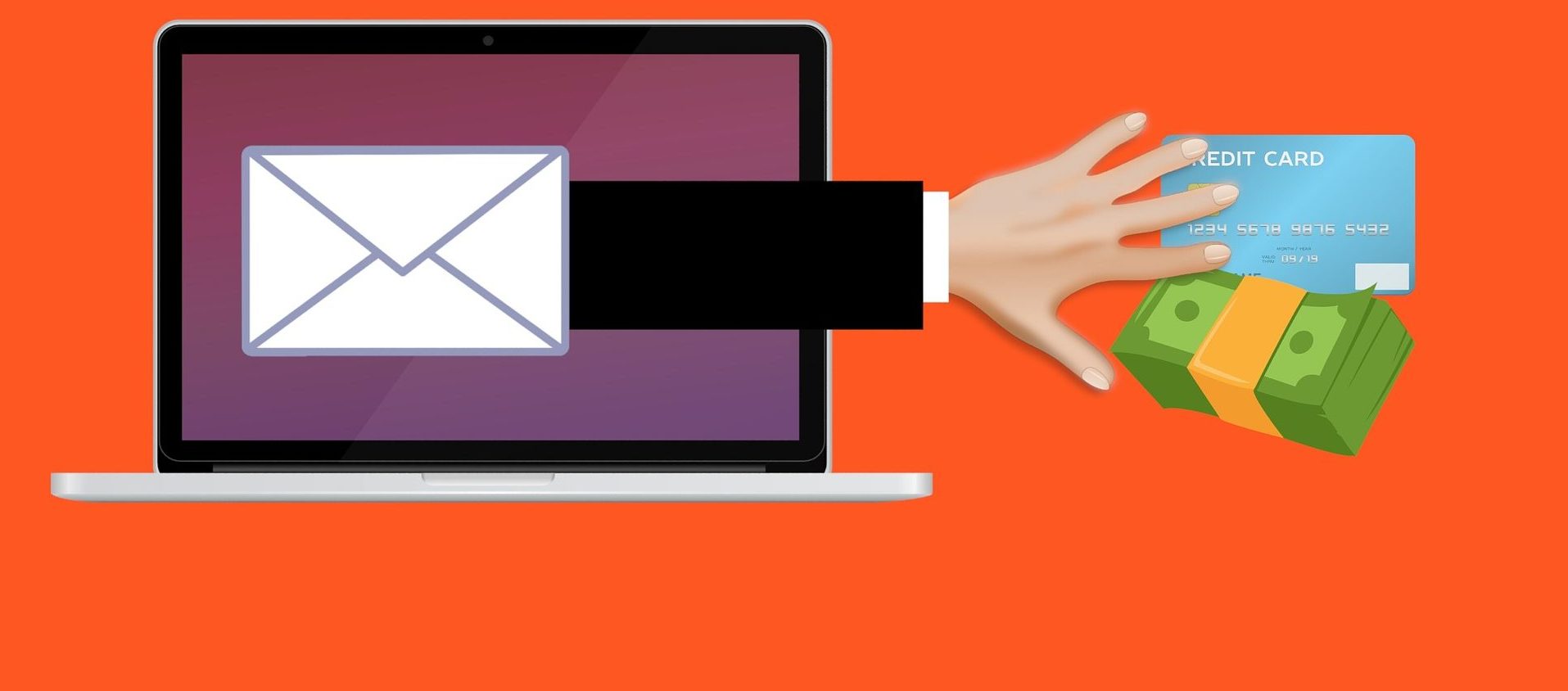A new era is about to begin, at least in reference to this website. With 2020 now thankfully in the pages of history, I have decided on some radical changes to this site and my web presence.
First, and most importantly for those who actually read this and aren’t here just to spam the comment section, the address of this site is changing. The winsome “quietly passing by me” address is going away in favor of something leaner, quicker to type, and more…representative.
The new address will be QPB.one. That’s right, six little letters (and a period) will get you to the site. Way back when I first picked the “quietly passing by me” address, it was an opportunity to go on the cheap for my web domain. I cost a mere $0.99 for that domain the first year. Of course, it was twenty times as much when I renewed, but it had grown on me, so I kept it.
I liked the domain, it was quirky and fun, but I’ve recently been making changes in other parts of my digital life, so it was time for it to go. It will no longer get you to this page as of February 2021. The domain will probably disappear for a time, maybe to be picked up by some other blogger and author. Who knows?
I was going to go simple and just get the address “QPB.me”…until I saw the price. Apparently, that is a premium domain and the initial cost was $1000. Yep, you read that right, one thousand dollars. Being the budget conscious blogger that I am, I decided not just no, but #$%@ no. This led me to other potential TLDs (top level domains – i.e. .com, .org, etc.) and I came across the .one TLD. Cool. Now my quirky address could be nonspecific. Huh?
My previous address suggested that things or people “quietly passed by me”, but now with the nonspecific “one”, things could be passing by me OR they could be passing by the reader. I still wanted the much shorter “QPB” and guess what? It was available and at a bargain. I am now saving over $10 on domain costs a year, and that wasn’t an introductory price. It will cost the same next year when I renew. Cool.
Second, I am retiring the Security Is site and wrapping the one article I published there into the soon to be renamed QPB site. I have enough WordPress sites to maintain as it is and there is no real reason to put security stuff on its own site. I now have moved that article, added an InfoSec category to my category list, and will begin to use tags to more specifically denote what topics are being covered in a post. So you will see that the KINDLY article I moved here has been categorized as InfoSec and Technology, with a tag of “Social Engineering”. This should reduce my workload and make it easier for you to find my articles, because if you thought typing quietlypassingby.me was long, I’m sure you felt typing securityis.quietlypassingby.me was excruciating.
That’s it for now. Look for an article about my NaNoWriMo victory back in November in the next few days. I hope…
Featured Image: Photo by Mohamed Nohassi on Unsplash


